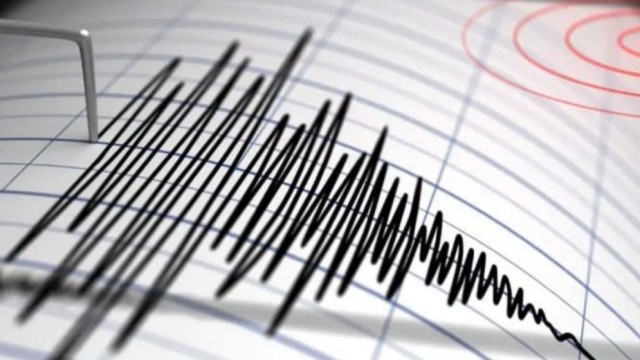Dhaka, Dec 21 (V7N) — Today, Saturday, December 21, marks the longest night of the year in the Northern Hemisphere, known as the Winter Solstice. This astronomical phenomenon is the result of the Earth’s tilt and its orbit around the Sun, creating varying lengths of day and night throughout the year.
In contrast, tomorrow, December 22, will be the shortest day of the year for the Northern Hemisphere. The opposite is true in the Southern Hemisphere, where today is the longest day and tonight the shortest night.
The Earth is tilted at an angle of 23.5 degrees on its axis, and as it orbits the Sun, this tilt causes different parts of the planet to receive varying amounts of sunlight at different times of the year. On December 21, the Northern Hemisphere is tilted farthest away from the Sun. This results in minimal sunlight, shorter days, and longer nights.
On this day, the Sun shines directly over the Tropic of Capricorn, which lies 23.5 degrees south of the equator. This phenomenon, called the Winter Solstice, marks the official start of winter in the Northern Hemisphere and summer in the Southern Hemisphere.
The term "solstice" originates from the Latin words sol (Sun) and sistere (to stand still), signifying the moment when the Sun's apparent movement north or south pauses before reversing direction. The Summer Solstice occurs on June 21, when the Northern Hemisphere experiences the longest day of the year.
From the Winter Solstice onwards, days will gradually begin to lengthen in the Northern Hemisphere as the Sun starts its northward journey, leading to the Spring Equinox in March.
While the Winter Solstice brings the longest night to the Northern Hemisphere, countries in the Southern Hemisphere experience their longest day. This tilt-driven phenomenon not only affects daylight but also has a significant impact on seasons, weather patterns, and even cultural celebrations worldwide.
For stargazers, the Winter Solstice offers an additional treat this year, with Jupiter being the brightest planet visible in the night sky.
As the world marks this annual celestial event, it serves as a reminder of the intricate workings of our solar system and the natural rhythms that shape life on Earth.
END/MSS/AJ































Comment: